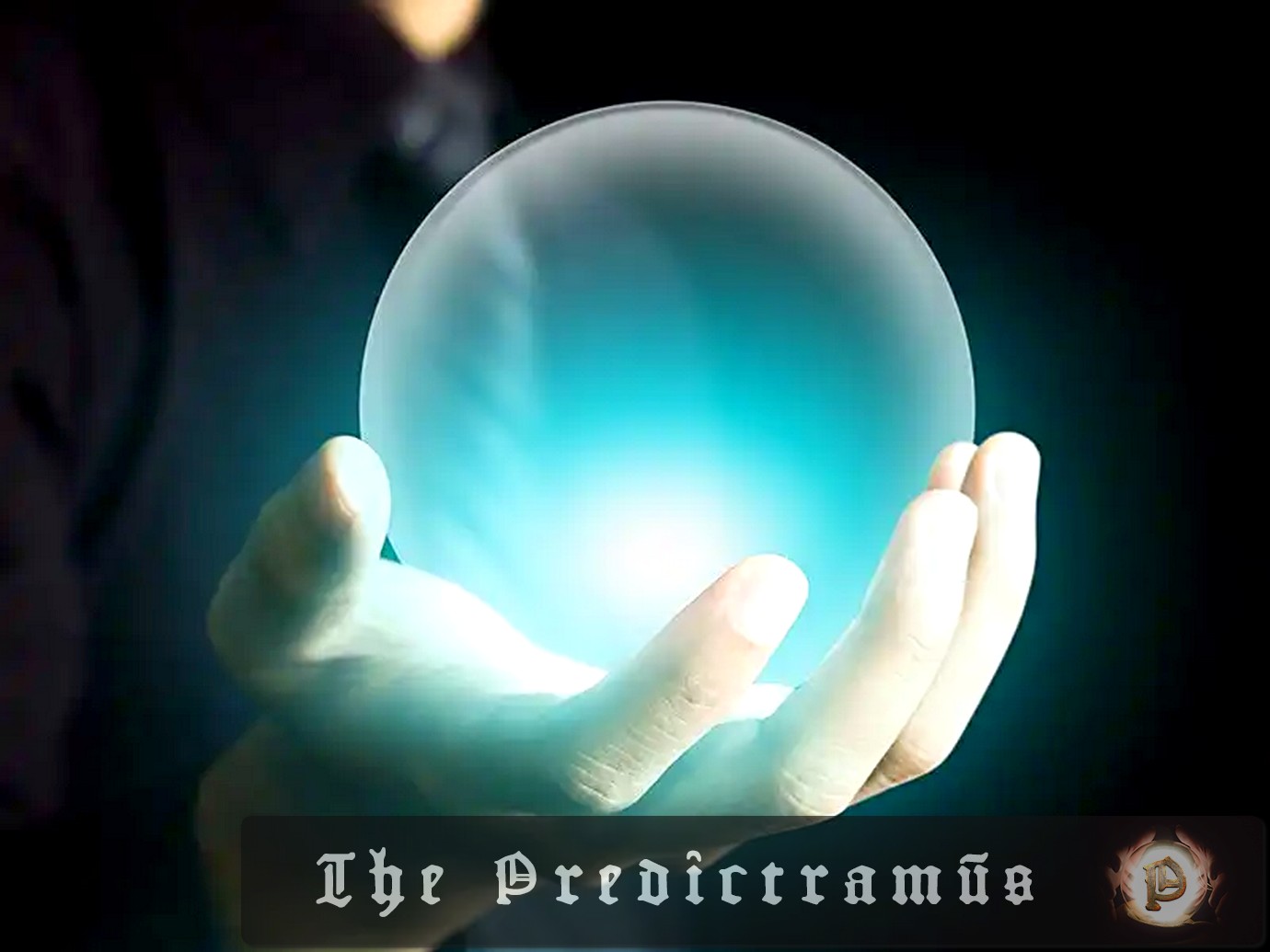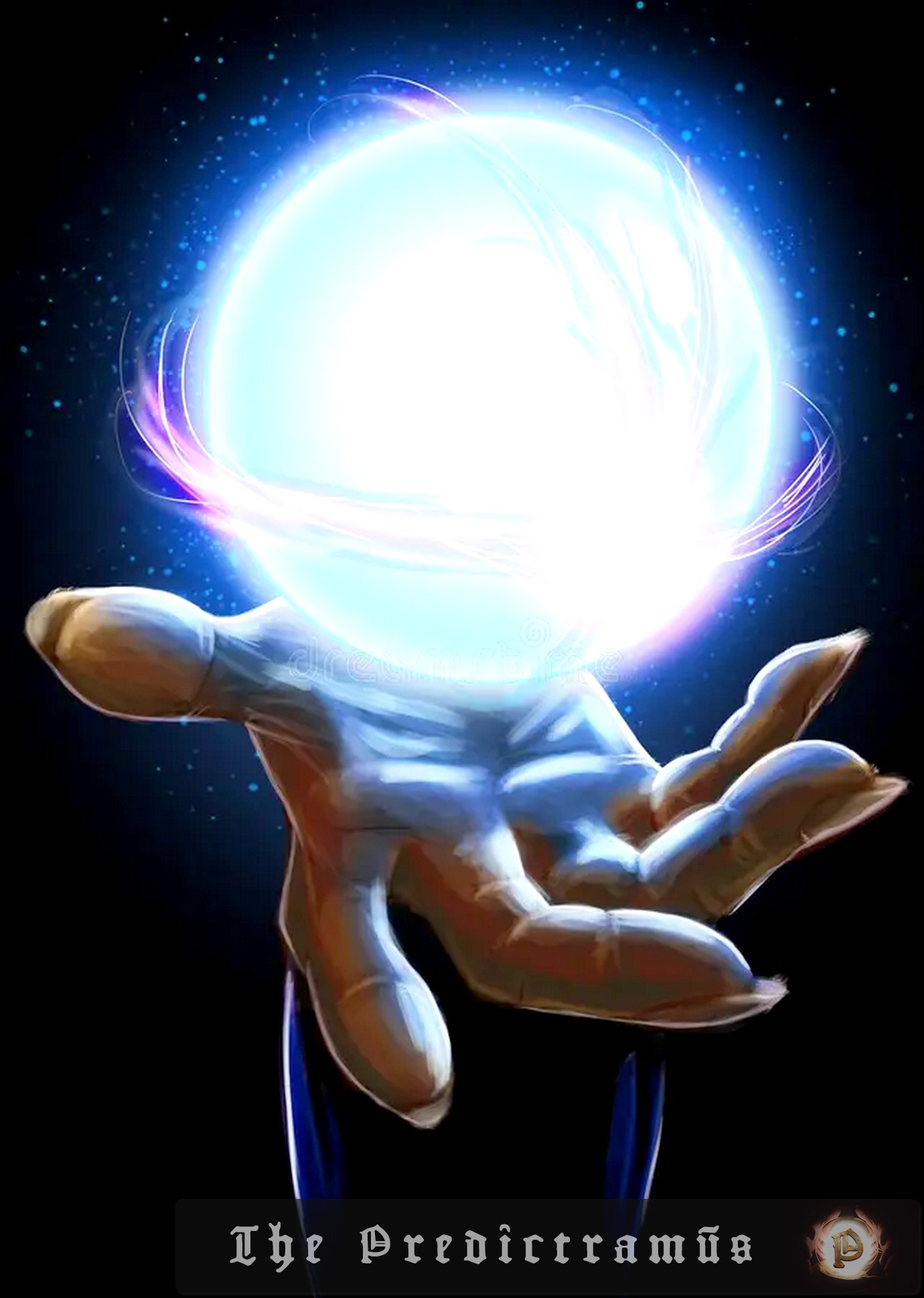Physicists at Swansea University have proposed a groundbreaking technique to eliminate quantum backaction noise in optical traps, allowing particles to remain suspended in space undisturbed. This innovation could pave the way for quieter, more precise experiments and unlock a new generation of ultra-sensitive quantum sensors. The technique involves blocking the flow of information from the…
Science on The Soothsayer / page 16
A new study has revealed that bioparticles, such as bacteria, pollen, and fungal spores, play a crucial role in regulating rainfall patterns. These particles can make up a significant portion of the particles that seed rain in the sky and fluctuate in a daily cycle. The study’s findings suggest that incorporating bioparticles into weather models…
Researchers at Germany’s Max Planck Institute for Chemistry have made a groundbreaking discovery in the field of superconductivity. By developing a new technique called planar electron tunnelling spectroscopy, they have directly measured a superconducting gap in a hydride sulphide material for the first time. This finding confirms that the electron pairing in these materials is…
Researchers at CERN have developed an innovative experiment using modified smartphone camera sensors to improve the spatial resolution of measurements of antimatter annihilations. This breakthrough could lead to a deeper understanding of how antimatter falls under gravity and potentially challenge our current understanding of the weak equivalence principle. The experiment, known as AEgIS, aims to…
A group of 16 aeronauts participating in the 1906 gas balloon race inadvertently contributed to a groundbreaking discovery in mathematical physics. Lewis Fry Richardson’s analysis of their landing spots revealed a pattern of turbulent swirling in the Earth’s atmosphere, which remains a mystery to this day. Despite significant progress in simulating fluids on computers, mathematicians…
A recent study published in the Journal of the Royal Society Interface has revealed that the shape of leaves plays a crucial role in determining how far they fall from the tree. The research, conducted by physicists Matthew Biviano and Kaare Jensen, found that leaves with symmetrical shapes and few lobes tend to fall closer…
Physicists have successfully created neutron Airy beams, a breakthrough that could revolutionize quantum science research and materials characterization. Using a holographic approach, researchers have overcome the challenges of manipulating neutrons and achieved a curved parabolic waveform, exhibiting self-acceleration and self-healing properties. This innovation could lead to sharper and more detailed images in neutron imaging techniques…
For the first time, researchers have observed a visible Martian aurora, a subtle green glow that hangs low in the Martian sky. The observation was made by the Perseverance rover on March 18, 2024, and suggests that future astronauts may witness ethereal Martian auroras with their own eyes. The discovery was made possible by the…
A recent study has found a link between exposure to a common chemical in household plastics called phthalate and heart disease deaths. The study, published in eBioMedicine, estimated that over 350,000 excess deaths worldwide in 2018 were associated with exposure to di-2-ethylhexylphthalate (DEHP), a type of phthalate. The researchers suggest that the growing plastics industry…
Researchers at the National Institute of Standards and Technology (NIST) in Colorado have successfully used neutron scattering to differentiate between genuine antique coins and fakes. This innovative technique relies on the fact that genuine coins have suffered corrosion, resulting in the inclusion of hydrogen-bearing compounds, which scatter neutrons in a distinct pattern. The team plans…










